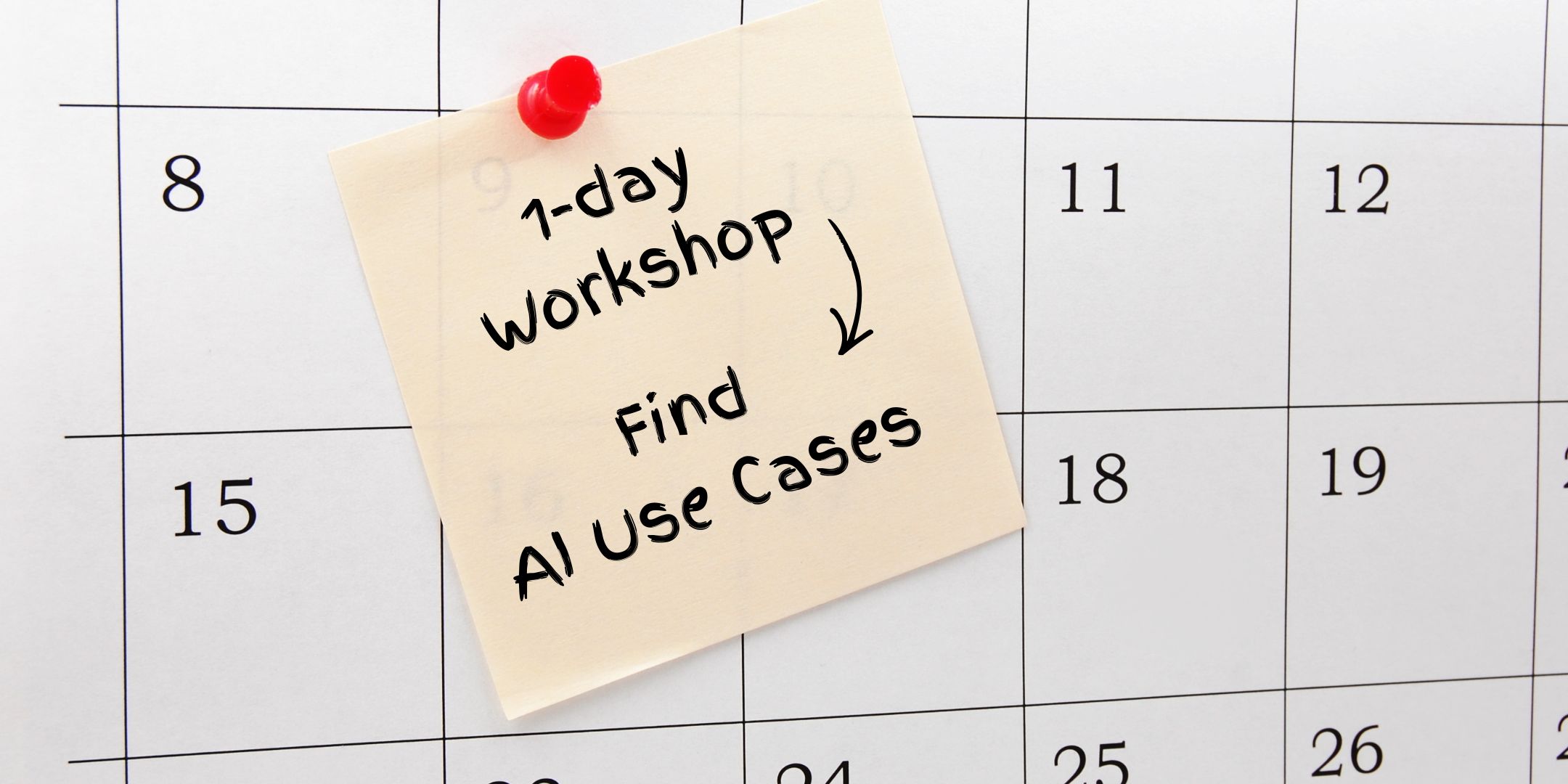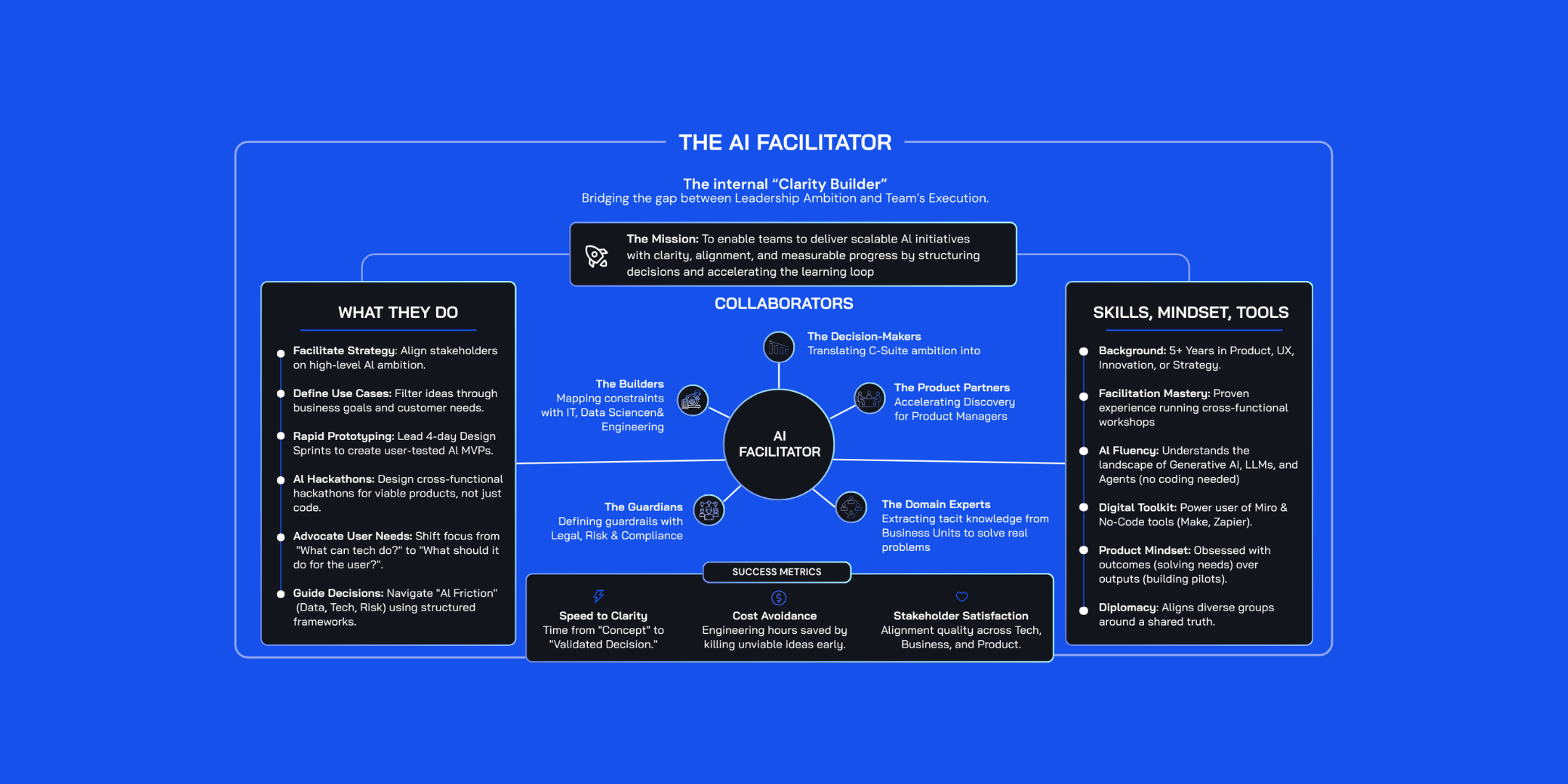Unworkable, Unavoidable, Urgent, Underserved: The 4U Framework for Prioritizing Problems

In every organization, prioritizing problems is essential. Yet, teams often waste time and resources tackling issues that don’t move the needle. So, how do we identify which problems deserve our attention—and which can wait?
Introducing the 4U Framework: a powerful tool designed to help teams quickly evaluate and prioritize problems based on four key dimensions. By assessing whether a problem is Unworkable, Unavoidable, Urgent, or Underserved, teams can focus on issues with the greatest potential impact, aligning stakeholders and ensuring that energy goes toward the right solutions.
Why the 4U Framework Matters
Problem prioritization isn’t just about finding solutions—it’s about tackling the right issues. Too often, organizations fall into the trap of “problem-solving theater,” where time and resources are spent fixing low-impact problems or indulging pet projects that don’t benefit customers or the business. The 4U Framework brings clarity to this process, helping teams make strategic decisions that lead to meaningful outcomes.
Here’s a closer look at each dimension of the framework:
- Unworkable: Does the problem make it impossible to achieve critical business or customer goals? If left unsolved, an unworkable issue will fundamentally disrupt workflows, customer experiences, or organizational health. Unworkable problems are those that must be addressed for continued success.
- Unavoidable: Is this a problem that will persist if ignored? Some issues might not seem pressing today but will worsen over time, eventually impacting operations or customer satisfaction. These “slow-burn” issues are often ignored, but they’re guaranteed to catch up to an organization if left unresolved.
- Urgent: Does the problem require immediate attention to prevent a significant setback? Urgent problems are time-sensitive and can lead to immediate consequences if not prioritized. By identifying urgent issues, teams can act swiftly, minimizing negative impacts and keeping projects on track.
- Underserved: Is there a gap in how this problem is currently addressed? Often, problems exist in areas where solutions are lacking or inadequate, leaving customers or internal teams underserved. These issues represent opportunities to innovate and add value where it’s needed most.
A Case Study: Why Juicero Flopped
Now, let's see how neglecting these dimensions can lead to a product's downfall. Juicero, launched in 2016, was a high-tech juicing machine designed to squeeze juice from proprietary packs of pre-cut fruits and vegetables. Despite its initial buzz, the product failed for several key reasons:

Unworkable:
- Juicero claimed that traditional methods of cutting and cleaning fruits were cumbersome, but this problem wasn't significant enough to necessitate a high-tech solution, as these tasks could still be done by hand effectively.
Unavoidable:
- The need to maintain a healthy diet and regularly purchase fresh produce is unavoidable, but this challenge can be easily addressed through existing services like online subscriptions or purchasing pre-cut produce, making Juicero's solution less essential.
Urgent:
- Juicero positioned itself as a solution for busy professionals needing quick, nutrient-rich meals, but juicing itself wasn’t perceived as an urgent need compared to other meal solutions.
Underserved:
- The market was already saturated with affordable, effective juicing options, and the high cost of Juicero ($400) made it inaccessible, indicating that the need was not underserved.
The combination of these factors led to Juicero's downfall, highlighting the importance of ensuring a product addresses significant, urgent, and unavoidable problems, and serves an underserved market segment effectively.
This is just one example of how the 4U Framework can be used to evaluate problems and identify potential pitfalls.
Applying the 4U Framework: A Step-by-Step Process
Using the 4U Framework, teams can systematically assess each problem, allowing for rapid, data-driven decision-making. Here’s how to apply it:
- Identify Key Challenges, Ideas, and Opportunities: If you’re responsible for driving product growth and developing new value propositions, start by gathering insights from customer feedback, team input, performance data, marketing trends, and emerging opportunities. Look for anything that could impact customer satisfaction, adoption, or growth potential. Aim to build a clear picture of the challenges, ideas, and opportunities that may be holding back your product’s success or opening doors to new possibilities.
- Collaboratively Assess Each Challenge with Key Leaders: Use our free 4U Workshop Template in Miro to run a collaborative prioritization session with leaders in marketing, sales, customer insights, engineering, and your CTO. Together, assess each challenge using the 4U Framework—determining if each issue is unworkable, unavoidable, urgent, or underserved. This collaborative assessment brings in critical perspectives from across the organization, ensuring alignment and a shared understanding of the most pressing challenges.
- Prioritize Based on Impact Together: In the workshop, have each stakeholder score each challenge on a scale of 1-5 for each of the 4U dimensions—unworkable, unavoidable, urgent, and underserved. This scoring system helps quantify each problem’s impact from multiple perspectives. Once all scores are in, prioritize the challenges that score highest across multiple “U” criteria. For example, a challenge that ranks as both highly unworkable and urgent should take precedence over one that is only underserved. This collaborative scoring process ensures alignment and makes prioritization clear and data-driven.
Outcome: Stakeholder Alignment and Buy-In
By involving stakeholders directly in the prioritization process, using tools like the 4U Workshop Template, you create a clear, shared rationale for decisions. This collaborative approach builds consensus, accelerates buy-in, and aligns everyone on the most impactful issues to address.
Real-World Example: Using the 4U Framework to Align AI Initiatives
At Design Sprint Academy, we help our corporate clients focus and work together using methods like the 4U Framework.
Imagine a team of executives who want to leverage AI as quickly as possible. They're excited about its potential, but struggle to agree on which AI projects to pursue first. This lack of alignment can lead to wasted resources, missed opportunities, and frustration among employees.
Here's how the 4U Framework can help:
- Unworkable:
- The current situation, where different departments have their own AI priorities, is creating fragmented efforts and inefficiencies.
- Not having a clear vision for AI can lead to wasted resources on redundant projects.
- Unavoidable:
- As AI becomes more commonplace, staying competitive requires integrating it effectively.
- Leaders who lack AI expertise can't make informed decisions, hindering progress.
- Urgent:
- Delays in aligning AI strategy can lead to missed opportunities for innovation and market advantage.
- Internal confusion and a lack of direction can cause employee demotivation.
- Underserved:
- Existing tools may not effectively connect business goals with specific AI initiatives.
- There might be a lack of clear processes for prioritizing and selecting the most impactful AI projects.
Check-out our webinar wit MIRO for a demo on how we've put this framework to work in a workshop setup together with 100 participants.
By applying the 4U Framework, our workshop helps stakeholders assess the urgency and severity of the problem (unworkable and unavoidable), identify gaps in current solutions (underserved), and ultimately prioritize the most impactful initiatives to move forward with. This structured approach leads to better decision-making, focused action, and a more strategic implementation of AI across the organization.




.jpg)





